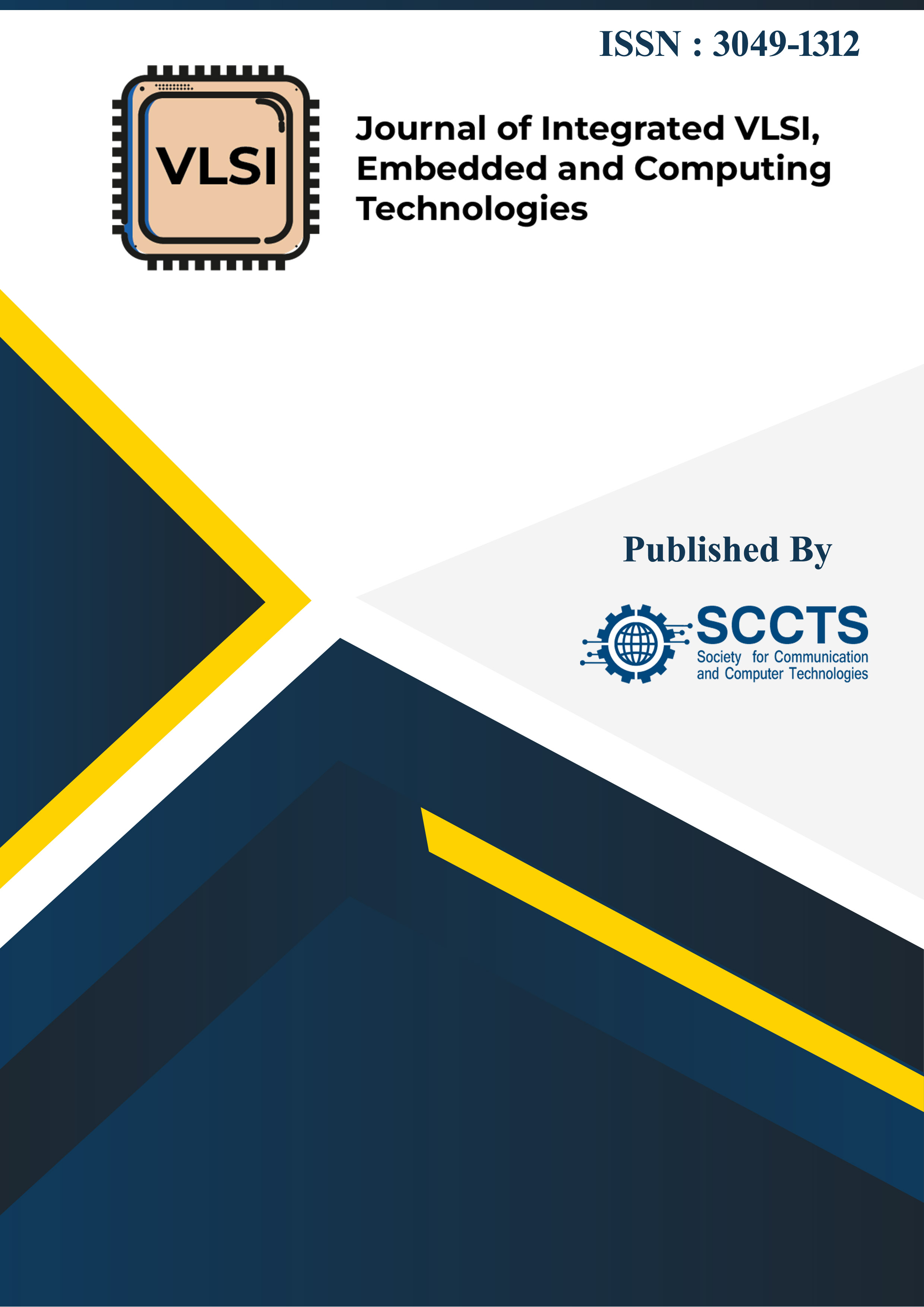A Scalable Parallel Processing Architecture for Real-Time and Energy-Efficient Biomedical Signal Analysis in Edge-Enabled Health Monitoring Systems
DOI:
https://doi.org/10.31838/JIVCT/02.03.07Keywords:
Real-Time Signal Processing, Biomedical Signal Analysis, Edge Computing, Scalable Parallel Architecture, Hardware/Software Co-Design, ECG, EEG, EMG, FPGA Implementation, Energy-Efficient Processing, Wearable Health MonitoringAbstract
The trend in wearable Biomedical devices that integrate continuous health monitoring capabilities has also necessitated the need to analyze the wide range of signals in real-time with energy-efficient analysis at the edge. High latency and the lack of scalability require new line-based processing architectures that are more appropriate to perform the real-time computation of electrocardiogram (ECG), electroencephalogram (EEG), and electromyogram (EMG) signals processing. This paper presents a scalable work detector which is tailored towards edge enabled health monitoring systems and which has the goal of parallel processor architecture. The architecture incorporates the modular pipeline architecture and a hardware/software co-design approach such that preprocessing, feature extraction, and classes can be done simultaneously. Versatile balancing of work load across the numerous processing elements promises optimal performance and utilization of energy. It is prototyped on an FPGA based platform with embedded ARM cores and custom accelerators, and it is demonstrated based on real data in the biomedical applications. Results of experimentation show a 65% depletion of the processing latency and 48% enhanced energy efficiency as compared to single-core systems. These results indicate that the proposed architecture can serve as an efficient and scalable architectural solution that can help to realize real-time biomedical signals analysis in future edge-AI healthcare equipment.





